Decorative sugar eggs are a delightful blend of art and tradition that add a whimsical touch to celebrations, especially during Easter. These charming creations not only serve as stunning decorations but can also be part of your family’s cherished memories. In this article, we will explore the history, process, and creative ideas surrounding decorative sugar eggs, along with my personal experiences of making and displaying them over the years.
What Are Decorative Sugar Eggs?
Decorative sugar eggs are intricate edible creations made primarily from sugar and egg whites. They are often hollowed out, featuring exquisite decorations and delightful scenes inside. These eggs are typically made during the Easter season but can be crafted for any festive occasion. The process involves molding, drying, and decorating, resulting in beautiful pieces that are both visually appealing and a joy to make.
The History of Decorative Sugar Eggs
The tradition of creating decorative sugar eggs can be traced back to the 19th century, particularly in Victorian England and America. Initially, these eggs served as a way to celebrate spring and the renewal of life. Families would decorate their homes with sugar eggs, symbolizing fertility and the arrival of spring. Over the decades, this tradition evolved, and sugar eggs became popular Easter decorations, showcasing intricate designs and themes.
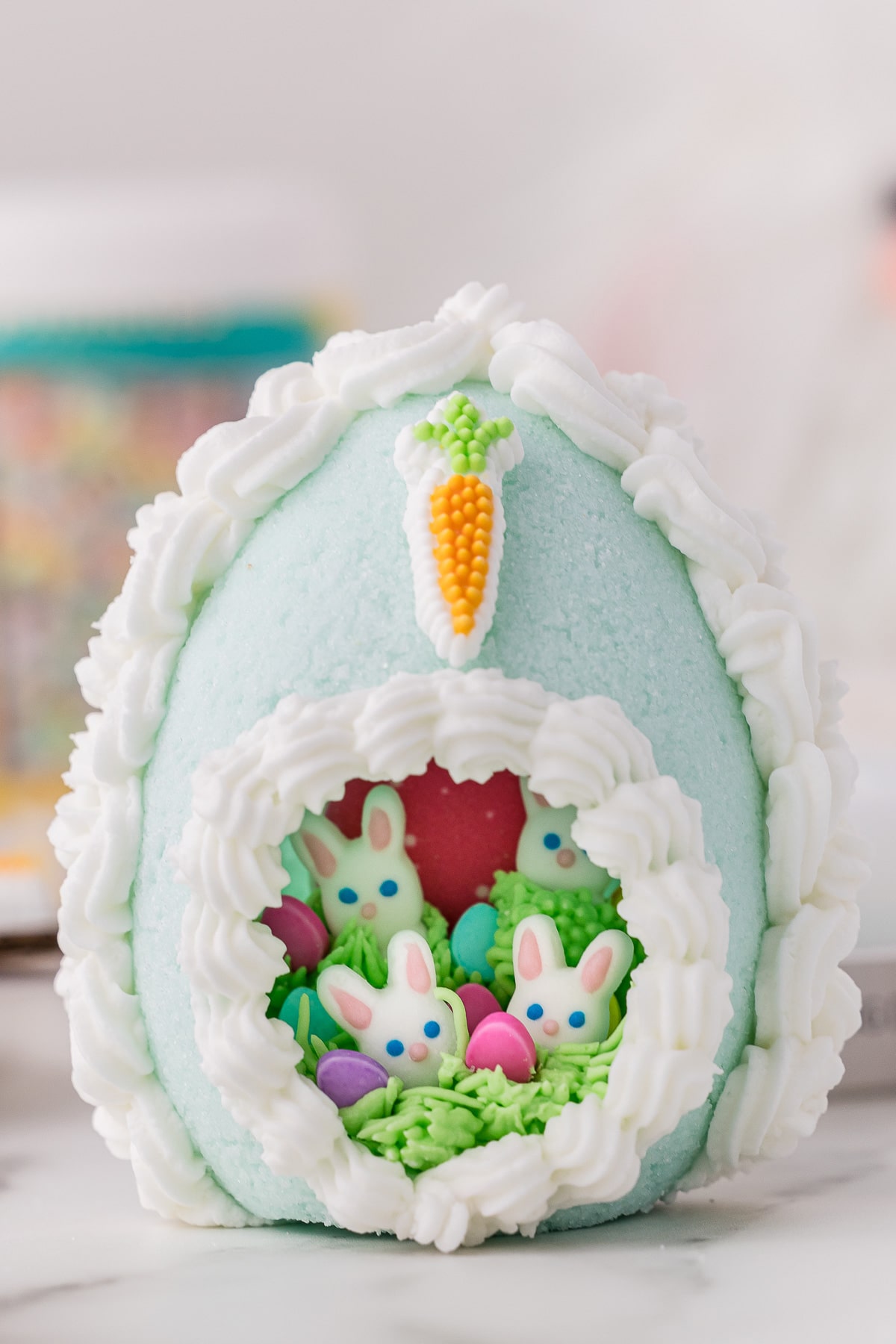
How to Make Decorative Sugar Eggs
Creating decorative sugar eggs may seem daunting, but with the right materials and a little patience, you can create your own beautiful eggs at home. Here’s a step-by-step guide:
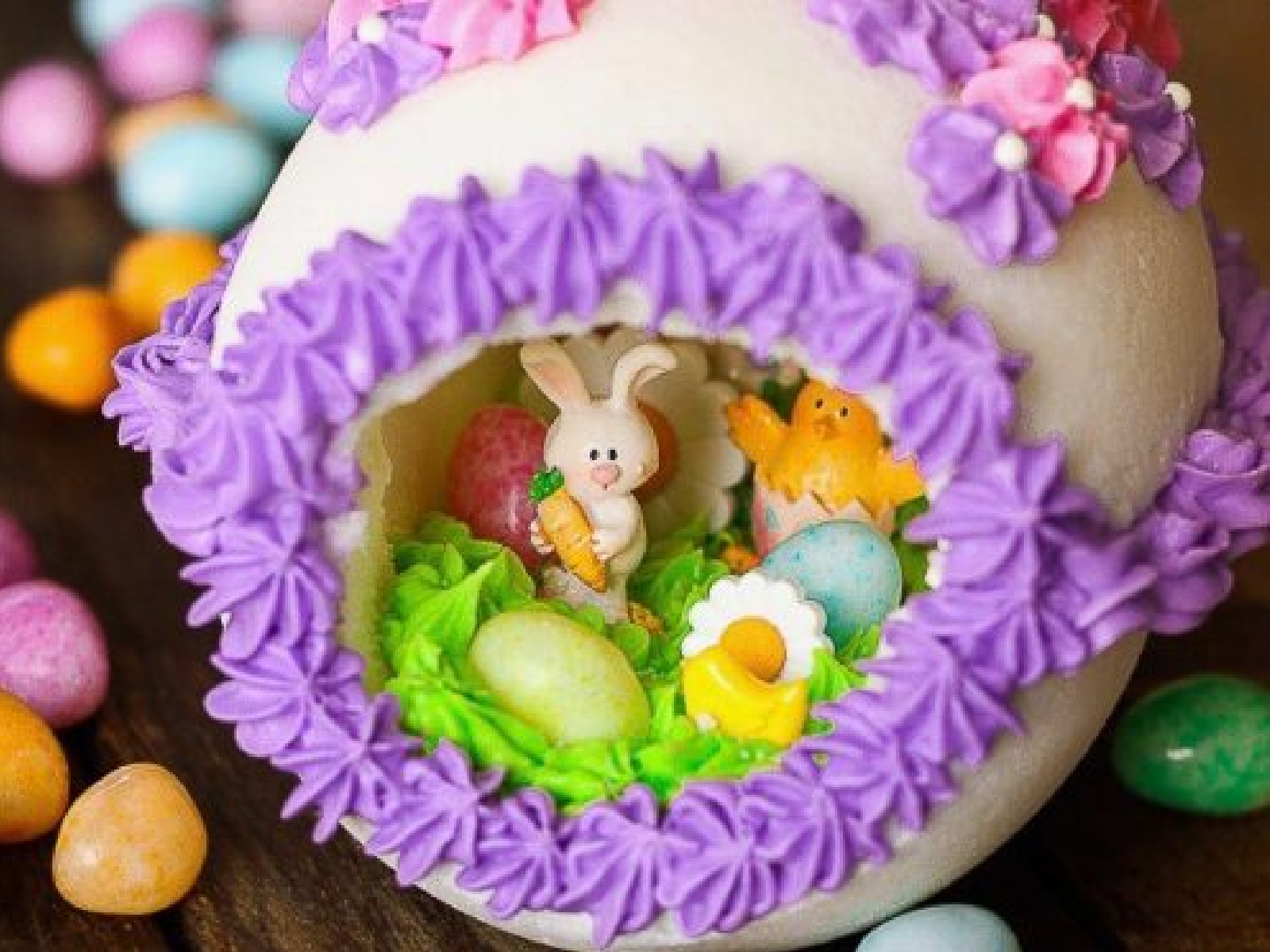
Materials Needed
- 2 cups granulated sugar
- 1 egg white (fresh or powdered)
- 1 tsp lemon juice (optional)
- Food coloring
- Pastry bag or plastic bag with a small hole cut in one corner
- Parchment paper
- Decorative items (edible glitter, small flowers, etc.)
Step-by-Step Instructions
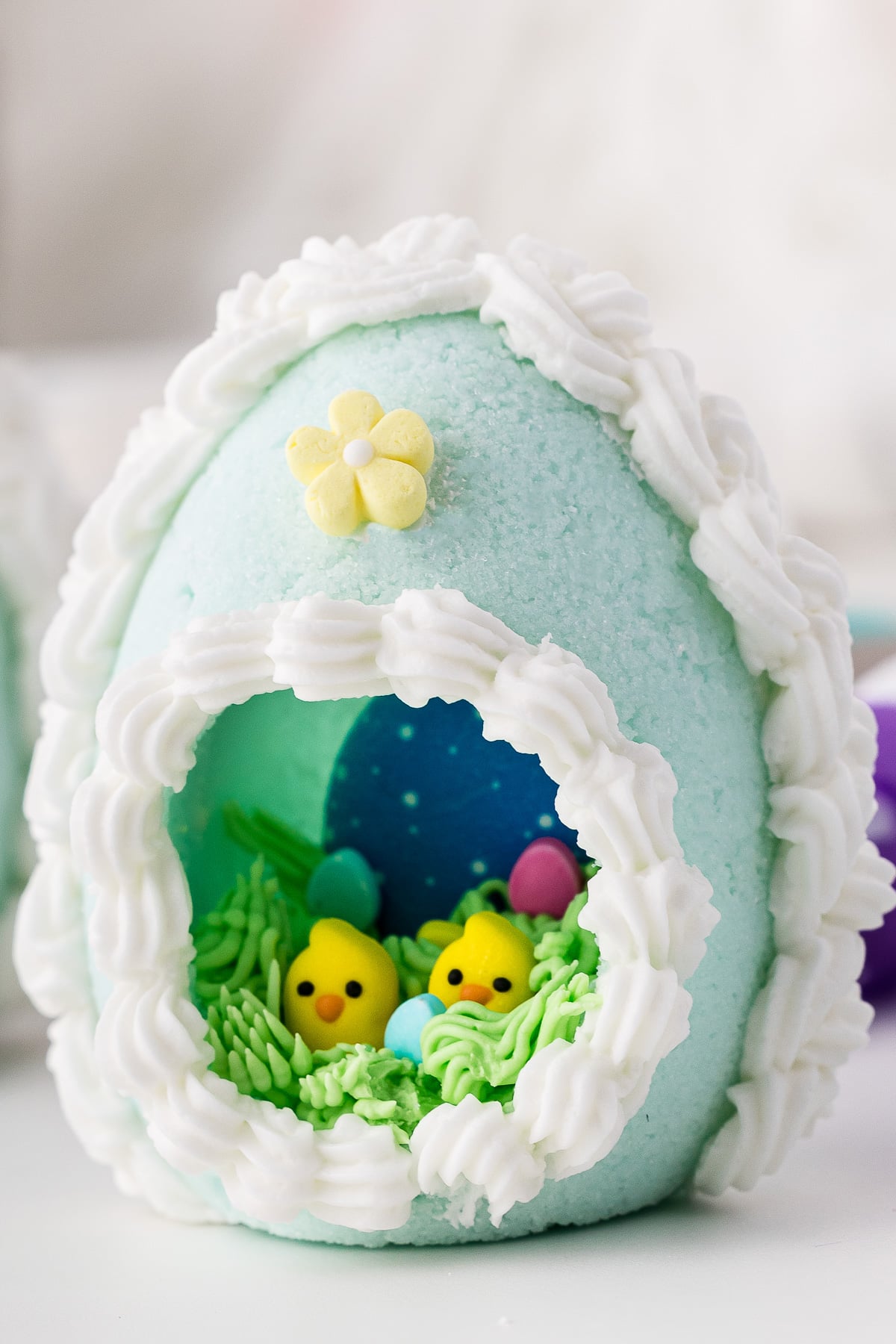
Step 1: Prepare the Sugar Mixture
In a large bowl, combine the granulated sugar and egg white. Mix until the consistency resembles wet sand. If you choose to add lemon juice, it will help stabilize the mixture.
Step 2: Mold the Eggs
Take a handful of the sugar mixture and pack it tightly into an egg-shaped mold. You can also use a halved plastic egg as a mold. Press firmly to ensure there are no air pockets.

Step 3: Create a Hollow Center
Once the molds are filled, use your fingers to create a hollow space inside each egg. This will be where you add your decorative elements later. Set the molded eggs on parchment paper to dry.
Step 4: Drying Time
Allow the eggs to dry for at least 24 hours. The longer they dry, the sturdier they will be. Avoid humid environments as they can hinder the drying process.
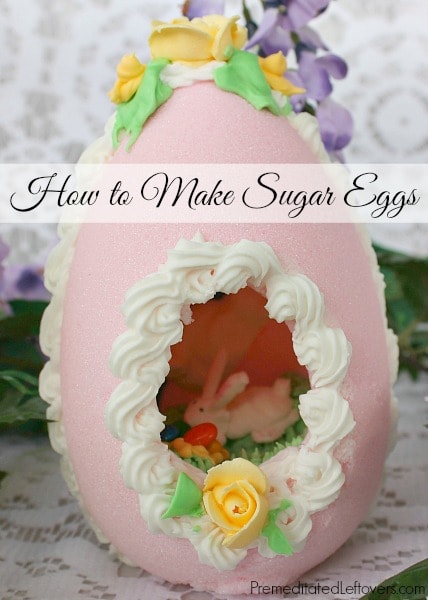
Step 5: Decorating the Eggs
Once dry, carefully remove the sugar eggs from the molds. Use a pastry bag to pipe colored icing or sugar decorations onto the outer surface. You can also place little decorative items inside the hollow area.
Creative Ways to Use Decorative Sugar Eggs
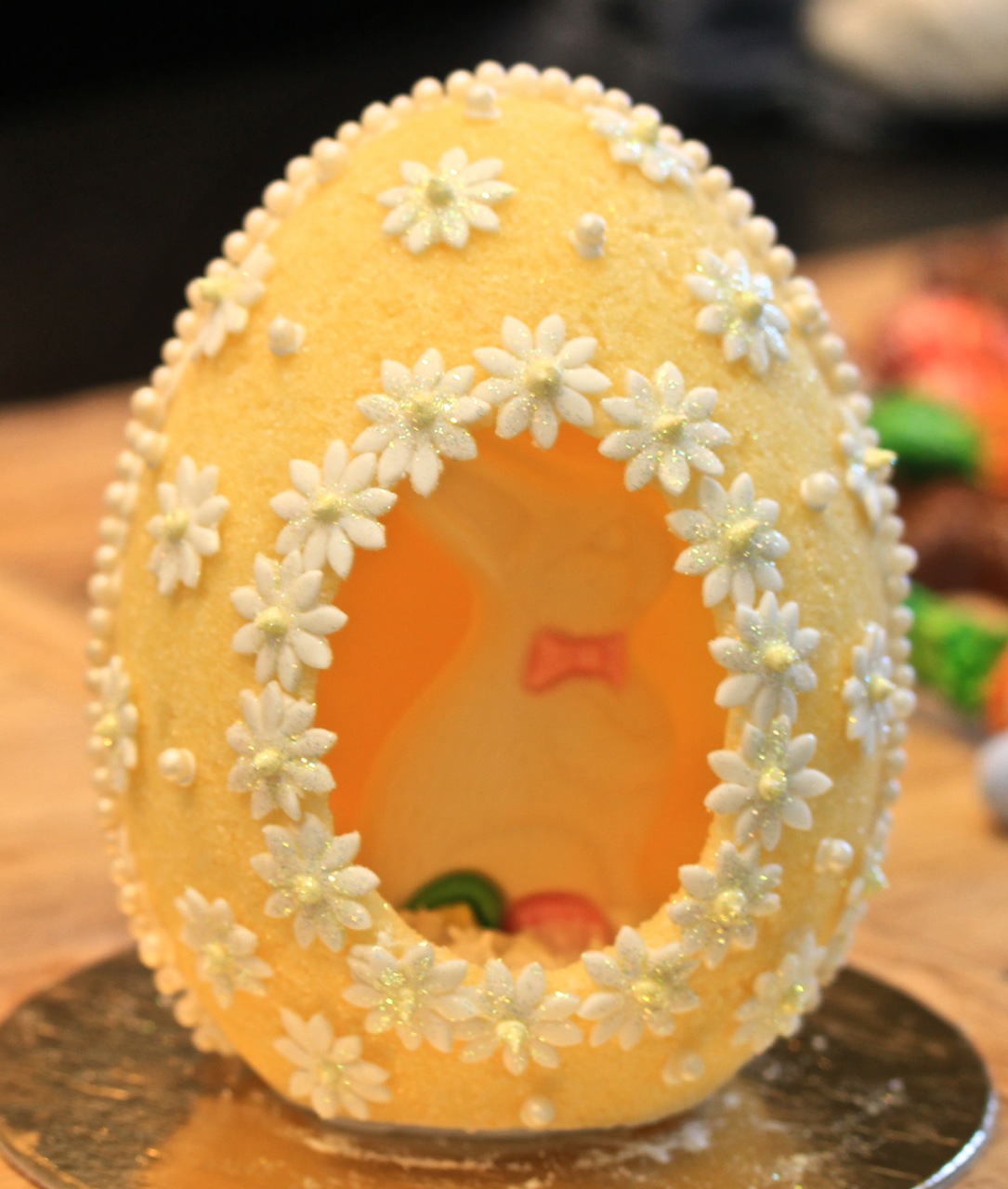
Once you’ve mastered making sugar eggs, the real fun begins with incorporating them into your celebrations. Here are some creative ideas for using decorative sugar eggs in your next event:
1. Easter Decorations
Place sugar eggs in decorative baskets or arrange them on tables as centerpieces during Easter dinners. They make stunning decorations that impress guests.
2. Egg Hunts
Hide sugar eggs during Easter egg hunts for a unique twist. Kids will love discovering the beautifully crafted eggs alongside traditional plastic ones.
3. Seasonal Decor
Use decorative sugar eggs year-round as part of your home décor. Change up the colors and designs for different seasons, like pastel shades for spring and warm hues for fall.
4. Gifts and Favors
Give sugar eggs as gifts or party favors. They bring a personal touch to any occasion, making them great for birthdays, weddings, and baby showers.
5. Table Settings
Incorporate sugar eggs into your table settings as unique place holders or part of a floral arrangement. They add a tactile and visual element to any dining experience.
Comparison of Sugar Egg Types
When crafting sugar eggs, you can choose from various styles. Here’s a comparative table to help you decide which type suits your needs:
| Type of Sugar Egg | Description | Pros | Cons |
|---|---|---|---|
| Traditional Sugar Eggs | Simple hollow eggs with a basic design. | Easy to make, classic design. | Limited decorative options. |
| Clear Sugar Eggs | Eggs with a clear sugar shell allowing visibility of the interior. | Stunning visual appeal, allows for elaborate interiors. | More challenging to make, fragile design. |
| Painted Sugar Eggs | Eggs painted with food coloring or edible paint. | Highly customizable, vibrant colors. | Color may fade over time, requires additional materials. |
Pros and Cons of Making Decorative Sugar Eggs
Pros
- Customizable and artistic, allowing for personal creativity.
- Creates memorable family traditions.
- Perfect for a variety of celebrations beyond Easter.
Cons
- Can be time-consuming to make.
- Requires some practice to perfect the techniques.
- Fragility; sugar eggs can break easily if not handled with care.
FAQs About Decorative Sugar Eggs
1. Are decorative sugar eggs safe to eat?
Yes, decorative sugar eggs are safe to eat, as they are made from edible ingredients. However, since they are primarily decorations, they may not taste as good as traditional candies.
2. How long do decorative sugar eggs last?
If stored in a cool, dry place, decorative sugar eggs can last for several months. Avoid humidity to prevent them from becoming sticky.
3. Can I ship decorative sugar eggs?
Yes, you can ship decorative sugar eggs, but it’s essential to pack them carefully in cushioning material to prevent breakage during transit.
4. What type of food coloring works best for sugar eggs?
Gel food coloring or powdered food coloring is recommended for decorating sugar eggs, as they provide more vibrant colors and do not add extra liquid.
5. Can children help make decorative sugar eggs?
Absolutely! Making sugar eggs can be a fun family activity. Just be sure to supervise during the mixing and decorating stages.
Conclusion: Embrace the Joy of Decorative Sugar Eggs
Decorative sugar eggs are not just beautiful treats; they are symbols of creativity, family traditions, and seasonal celebrations. They inspire wonderful memories and can be a source of joy for both the maker and the recipient. As you embark on your journey of creating these delightful masterpieces, remember that the process is just as enjoyable as the final product. So gather your materials, invite your loved ones, and start crafting your very own decorative sugar eggs to brighten up any occasion!